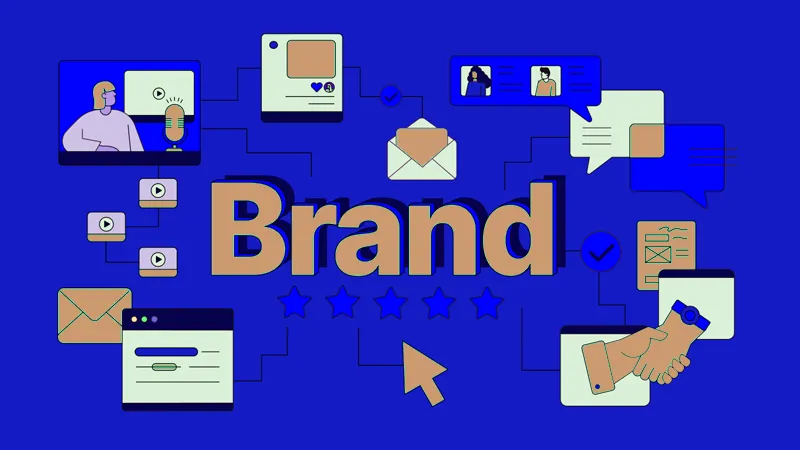
For companies of all sizes, having a consistent and identifiable brand is essential in today's cutthroat market. Your audience should see the same consistent brand messaging and design whether they are interacting with your product packaging, browsing through social media, or visiting your website. Developing a consistent brand across all platforms not only fortifies your identity but also encourages customer loyalty and trust.
Establish Your Unique Brand Identity
A distinct and well-defined brand identity is necessary before you can guarantee consistency. This comprises:
Mission and Values:What is the essence of your brand? All your messaging should be aligned with your brand's beliefs and purpose.
Brand Personality:Is your company serious, light-hearted, creative, or conventional? Developing a distinct personality aid in establishing a tone that your audience can connect with.
Brand Voice:Whether you're sending out a customer care email or a social media post, your audience should always hear from you in the same way.
Establish a visual identity
Most of the time, folks will notice your visual components first. Make sure your visual identity is consistent across platforms to foster consistency:
Logo:Ensure that your logo is used consistently across all platforms. Provide alternatives for varying backgrounds that don't compromise the design's core elements.
Colour Palette: Adhere to a particular range of hues that best express your brand. Colour psychology has a big impact on how people recognise brands.
Typography:Ensure that all platforms use the same typefaces. Make sure the typeface you choose fits the tone of your brand and is readable.
Establish Recurring Messaging
Whatever the medium, your message needs to be clearly “you.” This comprises:
Taglines & Slogans: If your company has a tagline, make sure it's applied consistently in all of your marketing materials. Frequently altering this can make your viewers confused.
Tone of Voice: Your tone should be consistent with the personality of your business, whether you're writing a blog post, caption, or email for customer service. Maintaining a consistent tone fosters comfort and confidence.
Create Platform-Specific Plans Without Changing Your Authenticity
Although the format and audience of each platform are different, your brand identity should stay the same, but you should adjust your approach accordingly:
social media:Adapt material to the demands of the particular medium. For instance, LinkedIn demands a professional tone, whereas Instagram is more visual. But keep in mind that the tone, design, and underlying message should all be consistent.
Website: Since your brand's website serves as its focal point, it should accurately convey your brand identity. A cohesive presence can be achieved through consistent language, images, and user experience.
Email marketing: Make sure the tone and visual identity of your business are reflected in the emails. Make use of your brand's colours, emblem, and amiable or formal language that your clients are accustomed to.
Make use of automation tools and templates
Template come in quite handy when trying to prevent consistency issues between various platforms, particularly about images. Create templates for typical marketing materials such as:
- posts on social media
- electronic newsletters
- Banner advertisements on websites
Make sure the customer experience is consistent.
Consistency in branding extends beyond images and messaging to include customer interactions with your business. All interactions, from customer service efficiency to social media tone, should be consistent with your brand's essential principles.
Customer service:Teach your customer service representatives to speak in the same friendly, professional, or playful tone as your brand.
Product or Service Quality: Maintaining a high standard for your goods can increase customer loyalty and brand trust.

In today's fragmented digital market, organisations must adopt a critical strategy of building and sustaining brand consistency across all platforms. It builds audience trust, establishes a recognisable brand identity, and improves perception of your brand as a whole. You can guarantee that your audience always interacts with your brand in the same way by establishing your identity, producing unified imagery, upholding clear message, and routinely assessing your brand presence.
